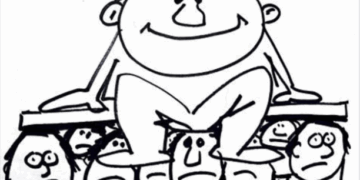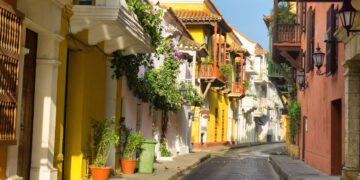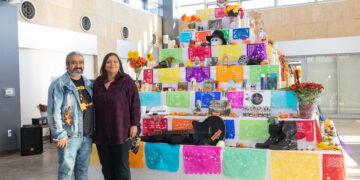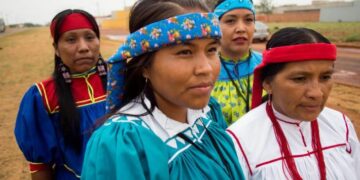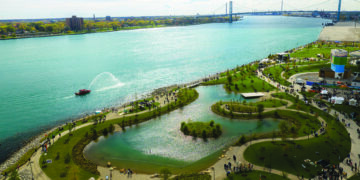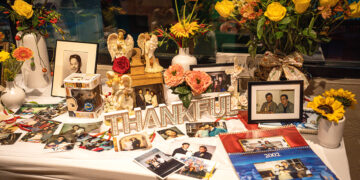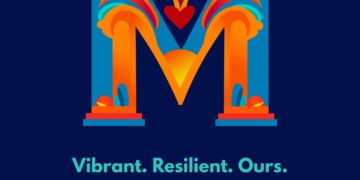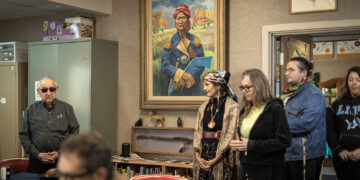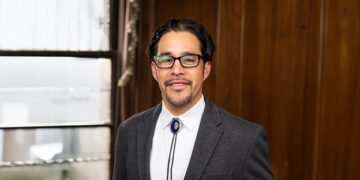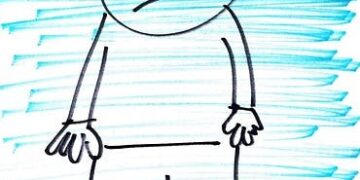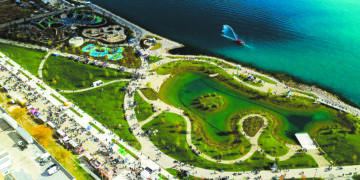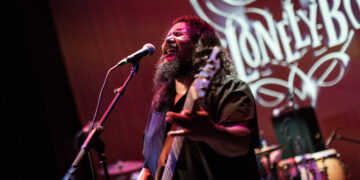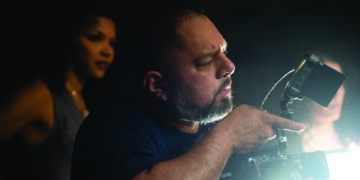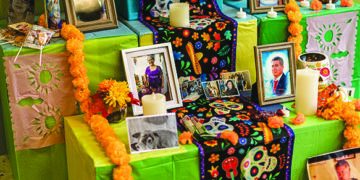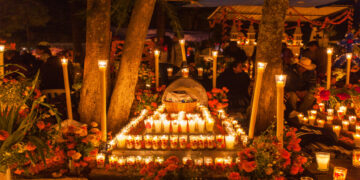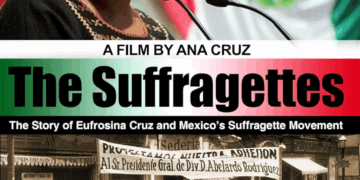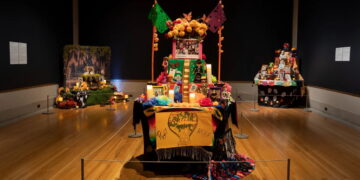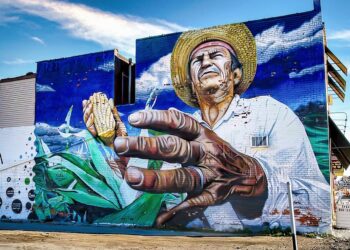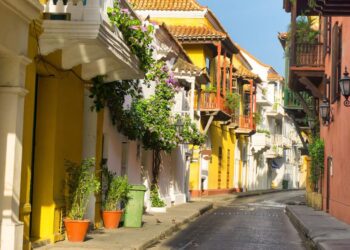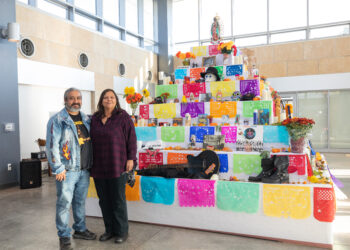Panama is one of the countries with the greatest economic boom in the Latin American region, largely due to two convenient factors: first, the fact that the interoceanic corridor between the Atlantic and the Pacific is located here, inaugurated in 1914; and second, because its population is not that high, being only 4.5 million, of which almost 3 million live in the metropolitan area of Panama City. This makes it a country with a majority of urban population and facilitates economic distribution. Panama City on the Pacific coast has everything necessary for a free trade zone, an area where international trade is facilitated with transactions and other types of access. The Panama Canal runs from ocean to ocean, passing through Gatun Lake, which is the highest point in the canal. Although the Pacific Ocean is 20 centimeters higher than the Atlantic Ocean, Gatun Lake is 26 meters above sea level, making direct ship transit difficult, necessitating the construction of water gates.
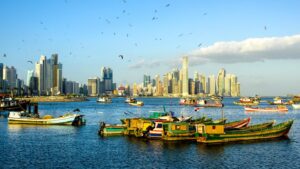
Its economic activity is not only focused on the passage of ships through the canal, but also on tourism to its spectacular and exceptional beaches. Many cruise ships stop in Panama for a couple of days to allow their tourists to enjoy the landscapes of the continental Caribbean.
Its official language is Spanish, and its currency is the Balboa, which has the same weight as the dollar. Its indigenous peoples are: Bri-Bri, Naso or Teribe, Ngabe, Bugle, Guna Dule or Kuna, Wounaan, Emberá, and Bokota. During the Thousand Days’ War in Colombia, Panama, which was still part of Colombia, participated, as reflected in its flag through the colors of the red and blue squares, with blue representing the Conservative Party and red representing the Liberal Party. In 1821, Panama achieved independence from Spain as part of Gran Colombia. However, in 1903, with the intervention of the United States, it separated from Colombia, and the current nation of Panama was created.
Emberá-Wounaan Creation Myth
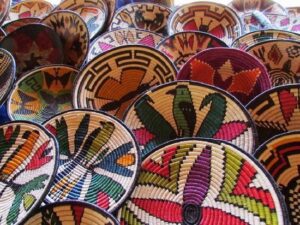
Tatzitzetze created the universe, humans, and things. Four worlds in front of and four worlds behind the Earth, with their gods and powers. From Tatzitzetze emerged Caragabí, the master of this world, who over the years acquired strength and knowledge.
Caragabí dedicated himself to making dolls from a rock called Mompahuará. After several attempts, as they didn’t turn out well, he asked Tutruica, god of the Armucura world, for help.
Tutruica gave him a piece of clay, which he used to bring his dolls to life by blowing on their foreheads, hands, and feet. Caragabí was very proud of his work: a man and a woman, who were later punished and transformed. The man became the sun, called Humantahú, and the woman became the moon, called Gedeco.
Later, Caragabí added the stars, established the number and behavior of nature and its creatures. He gave each thing its name, its place, and its task. He established laws and respect for human life, giving a definitive order to this world, but he realized that the world had no water. He sent a dove to search for it in other worlds, but it never returned.
One night, Caragabí dreamed that there was water in his world and sent a parakeet to search for it. The parakeet found it in a cave where a woman named Genzera lived. The cave was closed, and inside there was plenty of crystal-clear water and fish, but Genzera refused to open the door. The god Caragabí appeared and asked for water, but the woman didn’t respond. When she didn’t respond, he broke down the door, and the water came out. As punishment for her wickedness, he cut Genzera in two, but she didn’t die. She became a large black ant that carries water in its mouth to be deposited in a hollow tree called Genené.
The Genené tree has a special place. Traditions say that the seas flow from its trunk; the rivers from its branches; the streams and brooks from its large shoots. and the swamps of their small shoots. It is believed that the Genené tree and the Mompahuará rock are together in a special place, surrounded by four fires. And so they will remain until the end of the world, when the rock will split open and the fire will grow, forming a fiery river that will purify the earth and make it more beautiful.
Panamá es uno de los países con mayor auge económico de la región de Hispanoamérica, en gran parte debido a dos factores convenientes, por un lado que aquí se encuentra el corredor interoceánico entre el Atlántico y el Pacífico inaugurado en 1914 y, por otro el otro lado, debido a que su población no es tan elevada, siendo de tan sólo 4.5 millones, de los cuales casi 3 millones viven en la zona metropolitana de la Ciudad de Panamá, lo que le hace un país con su mayoría de población urbana y facilita la distribución económica. La Ciudad de Panamá en el Pacífico cuenta con todo lo necesario de una zona franca, una zona donde el comercio internacional se facilite con transacciones y otro tipo de accesos.

El Canal de Panamá va de océano a océano, pasando por el Lago Gatún, que es la zona con mayor altitud entre el canal, pues, aunque el Océano Pacífico se encuentra 20 centímetros más elevado que el Océano Atlántico, el Lago Gatún se encuentra a 26 metros sobre el nivel del mar, lo que dificulta el tránsito directo de los barcos, haciendo necesaria la creación de las compuertas de agua.
Su actividad económica no sólo se centra en el paso de barcos a través del canal, sino también del turismo a sus espectaculares y excepcionales playas. Muchos cruceros paran en Panamá un par de días para dejar que sus turistas disfruten de los paisajes del caribe continental.
Su lengua oficial es el español y su moneda es el Balboa que tiene el mismo peso que el dólar. Sus pueblos indígenas son: Bri-Bri, Naso o Teribe, Ngabe, Bugle, Guna Dule o Kuna, Wounaan, Emberá, Bokota.
Durante la Guerra de los Mil Días de Colombia, Panamá que aún era parte de Colombia tuvo participación, la cual quedó grabada en su bandera a través de los colores de los recuadros rojo y azul, siendo el color azul la representación del partido conservador y el rojo, del partido liberal. En 1821 logró como parte de la Gran Colombia su independencia de España, sin embargo, en 1903 con la intervención estadounidense se separa de Colombia y se crea la actual nación de Panamá.
Mito de la Creación Emberá-Wounaan

Tatzitzetze creó el universo, a los humanos y a las cosas. Cuatro mundos delante y cuatro mundos detrás de la tierra con sus dioses y poderes. De Tatzitzetze surge Caragabí, el amo de este mundo, quien con los años adquirió fuerza y conocimiento.
Caragabí se dedicaba a hacer muñecos de una roca llamada Mompahuará. Después de varios intentos como no le quedaban bien, le pidió ayuda a Tutruica, dios del mundo Armucura.
Tutruica le obsequió un pedazo de barro con el que logra darle vida a sus muñecos soplando en sus frentes, manos y pies. Caragabí estaba muy orgulloso de su obra: Un hombre y una mujer, quienes posteriormente fueron castigados y transformados. El hombre en sol, llamado Humantahú y la mujer, en luna, Gedeco.
Después, Caragabí agregó las estrellas, estableció el número y comportamiento de la naturaleza y sus criaturas. Dio a cada cosa su nombre, su lugar y su trabajo; estableció leyes y el respeto a la vida humana, dando un orden definitivo a este mundo, pero se dio cuenta que el mundo no tenía agua. Envió a una paloma a buscarla en otros mundos, pero ésta no volvió.
Una noche, Caragabí soñó que en su mundo sí había agua y envió a un periquito a buscarla, éste la encontró en una cueva donde vivía una mujer llamada Genzera. La cueva estaba cerrada, dentro tenía mucha agua cristalina y peces, pero Genzera no quiso abrir la puerta. El dios Caragabí se presentó y le pidió agua, pero la mujer no respondió. Ante su silencio, él echó abajo la puerta y el agua salió. Como castigo por su maldad, cortó a Genzera en dos partes, pero ella no murió. Se convirtió en una gran hormiga negra que porta agua en su boca para dejarla en un árbol hueco llamado Genené.
El árbol Genené tiene un lugar especial. Dicen las tradiciones que los mares proceden de su tronco; los ríos de sus ramas, los riachuelos y arroyos de sus brotes grandes; y los pantanos de sus brotes chicos. Se cree que el árbol Genené y la roca Mompahuará están juntos en un lugar especial, rodeados de cuatro fuegos. Y así se quedarán hasta el fin del mundo, cuando la roca se abrirá y el fuego crecerá formando un río ardiente que purificará la tierra y la hará más hermosa.




